Is Nvidia GeForce Now RTX 3080 really the next generation of cloud gaming?
Big promises

For over a year now, trying to get hold of a new graphics card has been a bit of a nightmare, thanks to the combination of a global pandemic and chip shortage, plus pent-up demand and another boom in cryptocurrency.
This has left anyone who wanted a new graphics card incredibly frustrated, especially if their aging hardware is struggling to run modern games, and unable to make use of hyped-up new graphical effects such as realistic ray tracing lighting.
But what can PC gamers do? Nvidia, the huge graphics-card company, offers a solution: its GeForce Now streaming service has added a new subscription tier: RTX 3080.
For $99.99 / £89.89 for six months, RTX 3080 subscribers can use Nvidia’s remote server PCs to stream games to a variety of devices. Nvidia promises this is an experience similar to playing on a gaming PC with a high-end RTX 3080 GPU.
For gamers who have been trying – and failing – to get hold of an RTX 3080 (or any new GPU), this sounds almost too good to be true. So, now that we have access to Nvidia GeForce Now RTX 3080, let’s see if it can live up to the promises.

Building on a good foundation
GeForce Now has been around for a while and I’ve generally had a pretty good experience with the service using the Founders Edition subscription. (This used to be the highest subscription level for $4.99 a month.) Like the current Priority membership, it gave users priority access to the servers, gameplay sessions of up to six hours, and more powerful hardware than the free version of the service, which isn't capable of ray tracing graphics.
While games didn’t look as good as games played on my local gaming rig, due to the lower resolutions, the games I played were impressively responsive. This included playing Fortnite on a MacBook and Planet Coaster on a Chromebook – games that wouldn’t usually be playable on those devices.
Sign up for breaking news, reviews, opinion, top tech deals, and more.
The biggest ‘wow’ moment, however, came when my TV was commandeered for some sort of sporting event that involved kicking balls. I was able to load up Assassin’s Creed: Valhalla on my smartphone with the GeForce Now app and play through a couple of missions using the excellent Razer Kishi smartphone controller.
Playing a game of that scope and ambition on a smartphone was both impressive and exciting. Nvidia’s expertise with servers and streaming clearly paid off. GeForce Now was already an impressive alternative to Microsoft’s Xbox Cloud Gaming and Google’s Stadia services, so I was excited to see how this new, improved GeForce Now tier would work.
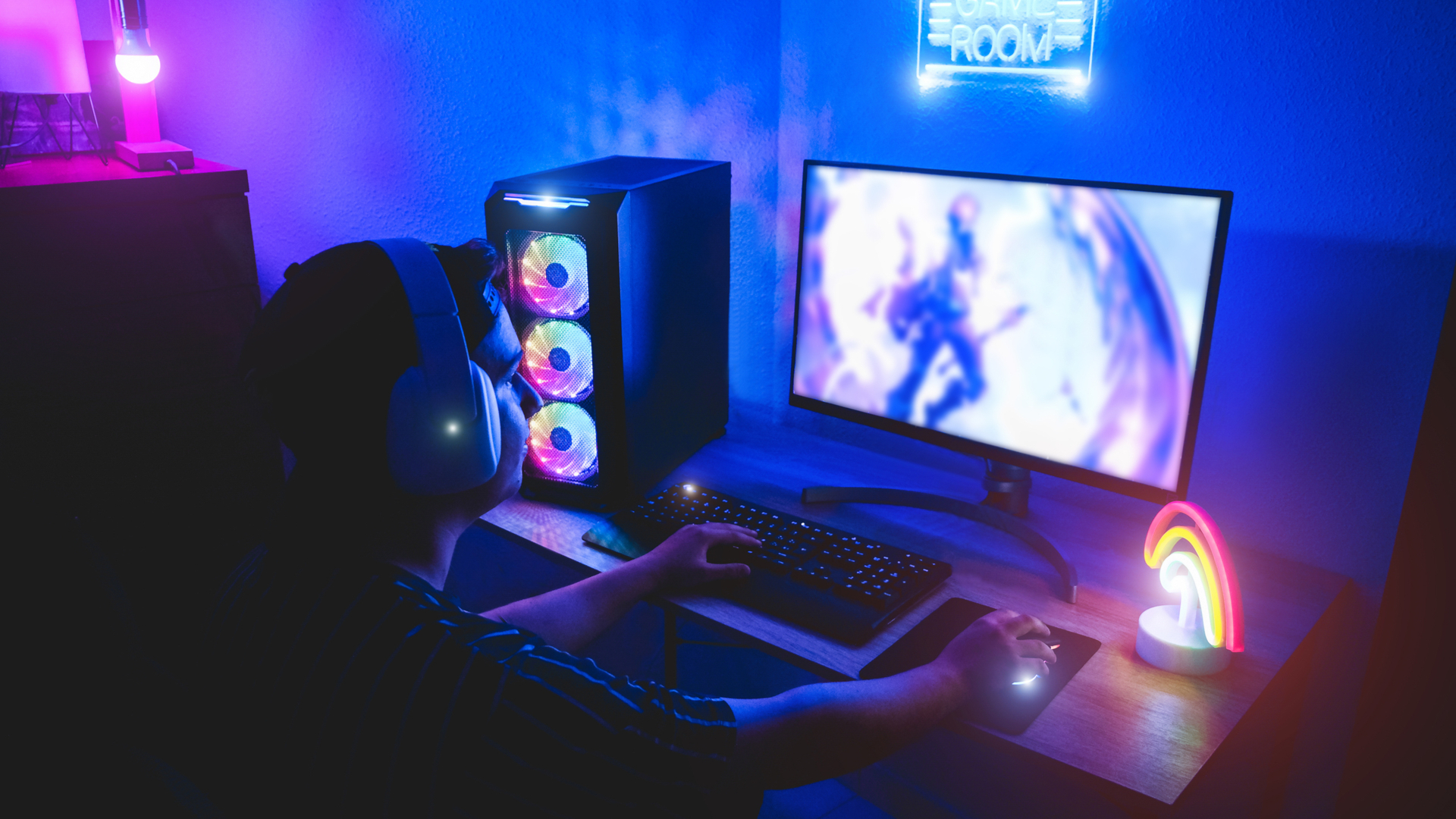
Playing on PC
First, I played on a PC using the GeForce Now app. Using this, subscribers to the RTX 3080 tier can play up to 1440p at 120 fps (frames per second), compared to 1080p at 60 fps of the Priority subscription tier.
This offers a decent bump in visual quality, though anyone hoping to play in 4K may be disappointed.
Firing up Assassin’s Creed: Valhalla the gameplay felt pretty good, with no noticeable lag. This was on a desktop PC with a wired internet connection and Valhalla isn’t the fastest-feeling game. In settings, I changed the graphical options from Medium, which is the default, to Ultra. On restarting, the visual improvement was noticeable and it seemed there was no detriment to performance. Whatever hardware Nvidia is using for the RTX 3080 servers, it can easily handle modern games at their highest settings.

I also tried out Far Cry 6, a game that puts more emphasis on fast-flowing action and combat. Here, it was more noticeable that I wasn't playing locally, but I adjusted after a short while. If you start up a game you’ve never played before, it’s unlikely you’ll notice.
Again, I had to up the visual quality in the settings. Once done, the game looked good, although, it wasn’t as sharp as when playing natively and there were some visual artifacts in volumetric effects such as smoke.
It was even more impressive when I moved from the desktop to a laptop. I fired up Far Cry 6 again on the HP EliteBook Dragonfly G2, a good, light notebook but in no way a gaming laptop. Far Cry 6 looked and ran very well on it. On the smaller screen, the slight imperfections with streaming were much less visible. Best of all, by moving to a laptop using Wi-Fi, rather than Ethernet, there was no degradation in performance, though admittedly I was sitting near the router.
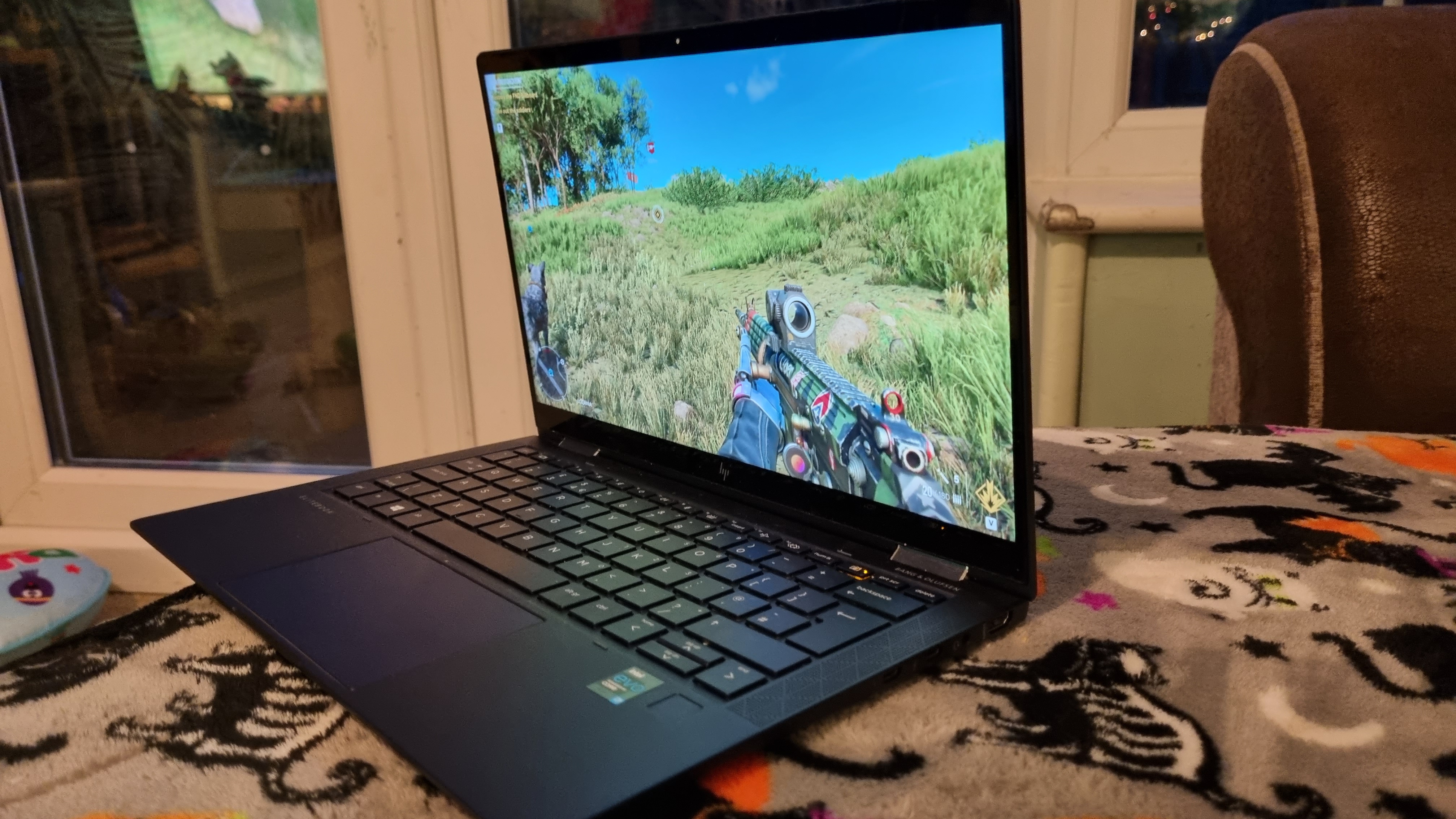
With the increase in graphical fidelity and resolution, Nvidia now recommends a 70Mbps internet connection for playing at 1440p at 120fps, something my network just reaches.
Nvidia has also been working hard to make sure latency is as low as possible with the RTX 3080 GeForce Now tier. This is what makes games feel more responsive when played. By lowering the latency, the pause between pressing a key or moving a joystick and the movement happening onscreen is reduced. Nvidia also includes Adaptive Sync technology to help make gameplay smooth.
This results in the best cloud gaming experience I’ve had, with minimal lag helping games feel more responsive and enjoyable.
Back on the laptop, I fired up Cyberpunk 2077, one of the games Nvidia is highlighting for its support of ray tracing. This was perhaps the most impressive showing yet for what GeForce Now is capable of. On a thin and light laptop with integrated graphics, I was able to play the graphically impressive Cyberpunk 2077 with ray tracing effects turned on. That's something this laptop would never be able to do usually. It would normally require a larger, bulkier, and more expensive gaming laptop with an RTX 3070 or higher.
Being able to play this game on a regular laptop was brilliant. Even when connected wirelessly, gameplay remained lag-free enough that I didn’t really notice that I was streaming the game, rather than playing it locally.
This is where GeForce Now really shines – being able to turn non-gaming devices into powerful RTX 3080-powered machines.
Ray tracing on a smartphone
Next, I tried GeForce Now on my smartphone, a Samsung Galaxy S21+. While GeForce Now does support touchscreen controls, it’s not ideal for many games, which have been designed with a gamepad or mouse and keyboard in mind. I used the Razer Kishi controller instead.
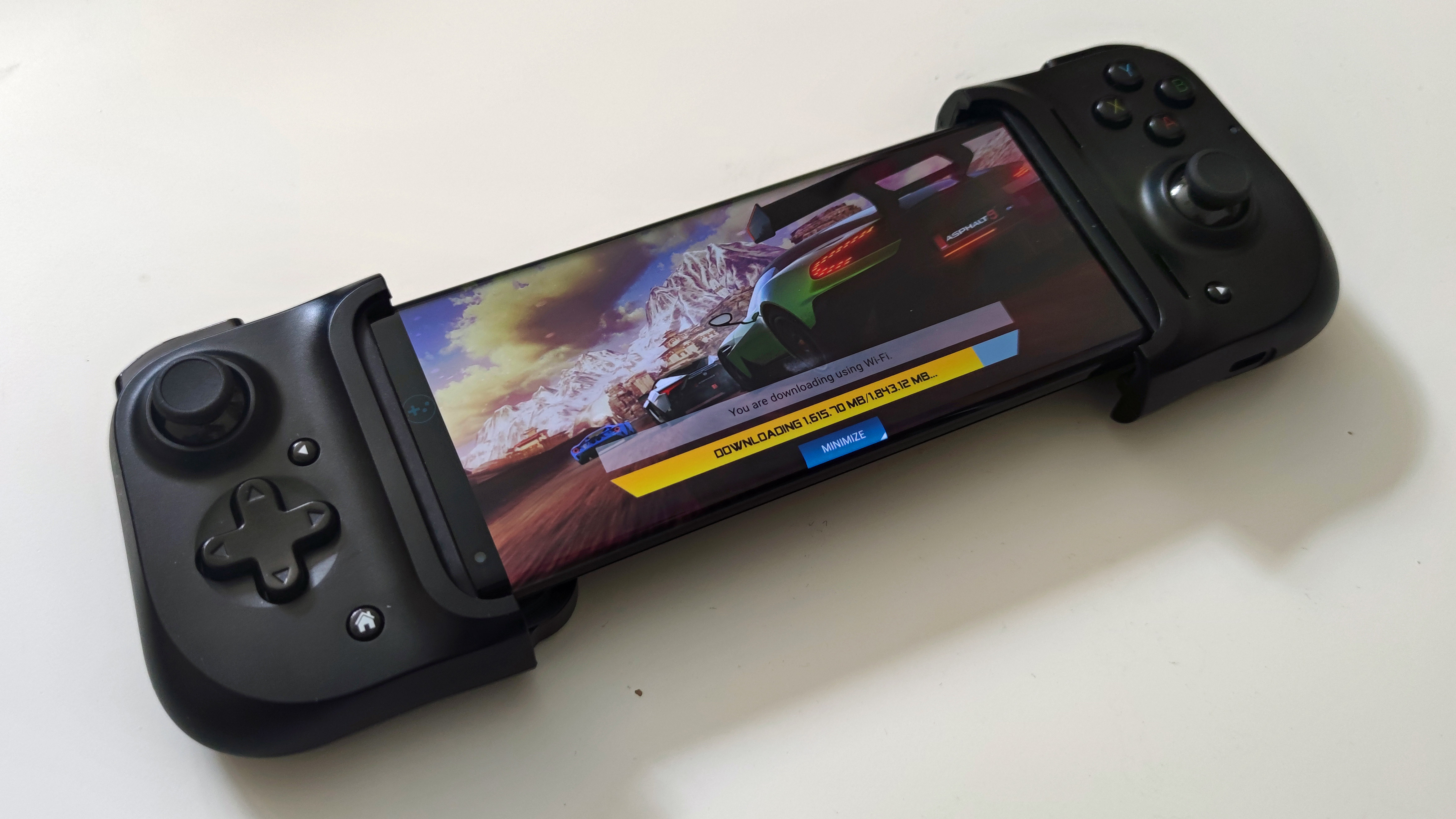
This is essentially a compact controller with Xbox buttons. It snaps in half and each side connects to the top and bottom of your smartphone, so when it’s held horizontally you get a Nintendo Switch-like handheld. Crucially, the Razer Kishi uses the USB-C port of your phone, rather than a wireless Bluetooth connection, and this helps reduce any possible latency there.
I launched Far Cry 6 and again set graphics to maximum, as well as boosting the resolution to 1080p. This resulted in very good image quality. And even though I was still playing wirelessly (and further away from the router this time), gameplay was generally smooth as well, with just a few rare instances of slight pauses. This was down to the stream and Wi-Fi connection rather than anything hardware-related.
Next, I tried Cyberpunk 2077 and again whacked graphical settings to full and the resolution to 1080p. Combined with ray tracing, the effect was fantastic. A smartphone, even a premium one like the Galaxy S21+, simply shouldn’t be able to play games that look this good, but GeForce Now makes that possible. The visual fidelity blew away anything on the Nintendo Switch as well, and the smaller screen of the phone meant the softness of the streaming image and occasional artifacts were much less noticeable. It’s seriously impressive stuff.
The slower gameplay of Cyberpunk 2077 also meant that latency and buffering weren’t much of an issue either.
Indie games such as Cuphead also ran really well. As long as you have a good data connection and a decent controller, GeForce Now is an excellent way to play PC games on your smartphone.
However, if you’re only going to be playing GeForce Now on a smartphone, you're better off going for the Priority tier, or even the Free tier, as the small screen size of the phone means you won’t get the most out of the upgraded visuals.
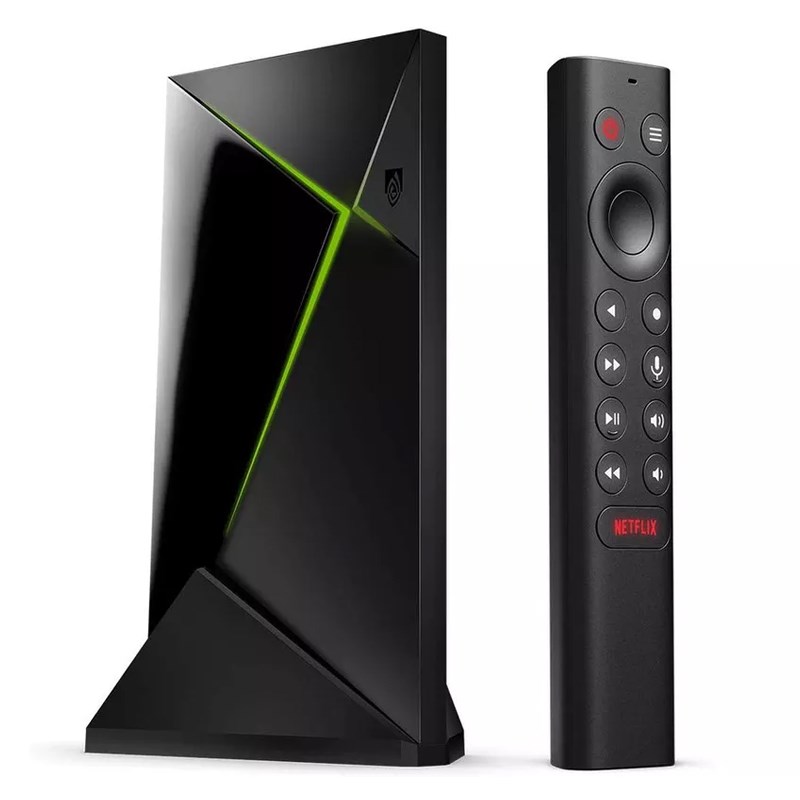
Trying it out on a Shield TV
Finally, I tried GeForce Now RTX 3080 on the Shield TV, Nvidia’s slim set-top box, that’s plugged into my 65-inch 4K TV. I love the Shield TV, using it for watching movies via apps such as Netflix and Disney+ and playing the odd game.
By connecting to a TV and coming with a gamepad, the Shield TV is the closest thing to a games console Nvidia has made. With the GeForce Now RTX 3080 subscription tier you can stream games to the Shield TV in 4K with HDR. This is exclusive to the Shield TV and I don’t expect it to come to other Android TV boxes (the Shield TV is powered by Google’s OS).
It’s well worth investing in a Shield TV if you are tempted by GeForce Now. Not only is it a great little streaming box in its own right, but GeForce Now RTX 3080 works very well on it. Thanks to the 4K resolution, even on the big screen the games looked excellent. Cyberpunk 2077 was sharp and clear, while Watch Dogs: Legion (another showcase for ray tracing) and Assassin’s Creed: Valhalla also looked incredibly good. While not quite up to the standard of playing the game natively on a powerful gaming PC, it came impressively close. Best of all, you can buy a Shield TV for around $149 / £129 / AU$249. That’s much cheaper than any games console.
However, streaming games at 4K does put a lot of pressure on your broadband connection and Nvidia recommends 80Mbps. I’d suggest at least 100Mbps for the best results, as the bandwidth pressures can make games feel sluggish if your internet isn’t up to the task.
Games really did look fantastic, however, and this bodes very well for the future of the service.

Final thoughts
The potential of the new GeForce Now RTX 3080 subscription tier is incredibly exciting. From my time with the service I was very impressed with how it performed. Games looked particularly good at 4K on the Shield TV.
Throughout the tests I was able to whack the games up to their highest settings and the hardware behind the GeForce Now RTX 3080 service coped admirably. Despite its name, you’re not actually getting an RTX 3080 PC, instead, Nvidia uses a server (known as a GeForce NOW SuperPOD) with an A10G graphics card, which is a data center GPU rather than a gaming one.
Nvidia claims this offers a similar level of performance as an RTX 3080, and from what I’ve tried I’d broadly agree. The A10G graphics card actually offers 24GB of VRAM, the same amount as the RTX 3090 and over twice the amount of the RTX 3080, which comes with 10GB. However, as it’s not a gaming GPU, there are some compromises (such as memory bandwidth), which means performance is more in line with the RTX 3080 than the RTX 3090.
Still, that’s no bad thing, and for the most part the biggest bottleneck for people will be their internet connection. If you have fast broadband and a strong connection either via 5GHz Wi-Fi or, ideally, Ethernet, you’ll get very good performance with the lowest latency I’ve experienced with cloud gaming. In my opinion, GeForce Now is definitely the best game-streaming service you can use right now.
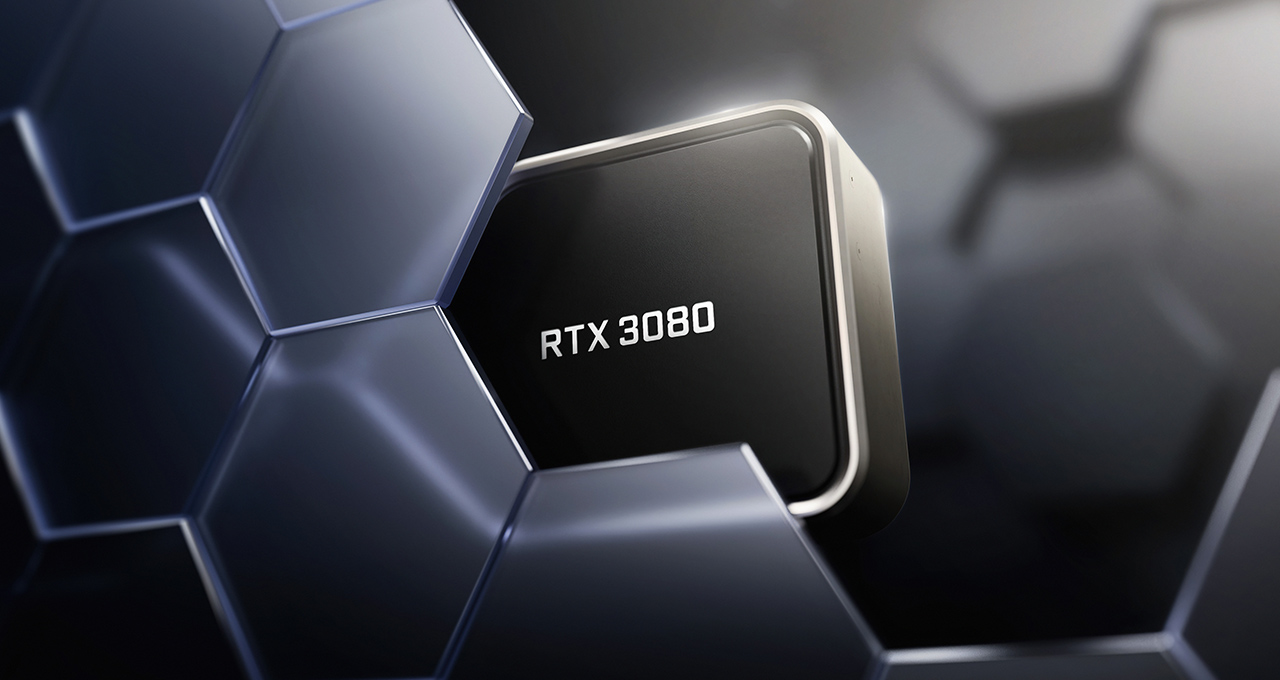
Is it a good alternative to having a physical RTX 3080 GPU? No… and, then, yes. When I say ‘no’, it’s because no matter how good GeForce Now is, it still can’t compete with playing a game locally on an RTX 3080-powered PC. When playing on physical hardware, you’ll have hardly any latency or lag and graphical fidelity is much stronger.
However, not everyone can afford (or find) an RTX 3080 GPU, in which case the GeForce Now RTX 3080 subscription tier is a pretty good compromise. It’ll allow you to play your games on more powerful hardware than you may currently have. And, as a monthly subscription, it could be a good way to bide your time until RTX 3080 stock frees up – then you can cancel it when you get hold of a graphics card.
One of the best things about GeForce Now is that you don't need to rebuy your games – instead you can access games that are already in your various libraries, including Steam, Ubisoft Connect, Epic Games Store, and more. And with cloud saves supported by most of those services, you can continue from where you left off.
This means that GeForce Now, especially the RTX 3080 tier, is a brilliant service for people looking to play modern games on a variety of devices. In fact, GeForce Now continues to be most impressive when it’s used on devices that usually wouldn't be able to play games, like laptops and smartphones. It doesn’t quite offer an experience to rival the best gaming PCs, but it comes tantalizingly close.
- These are the best PC games you can play today

Matt is TechRadar's Managing Editor for Core Tech, looking after computing and mobile technology. Having written for a number of publications such as PC Plus, PC Format, T3 and Linux Format, there's no aspect of technology that Matt isn't passionate about, especially computing and PC gaming. He’s personally reviewed and used most of the laptops in our best laptops guide - and since joining TechRadar in 2014, he's reviewed over 250 laptops and computing accessories personally.